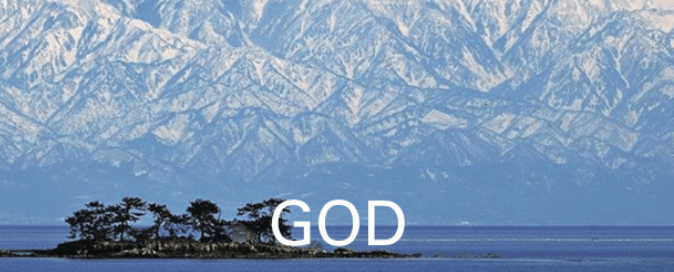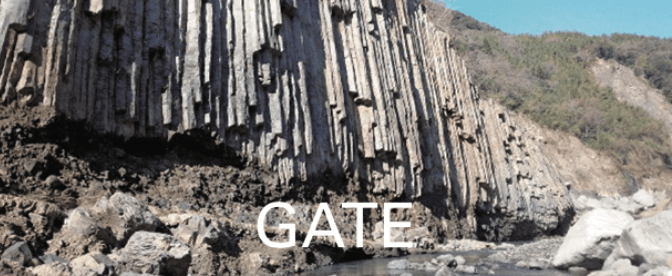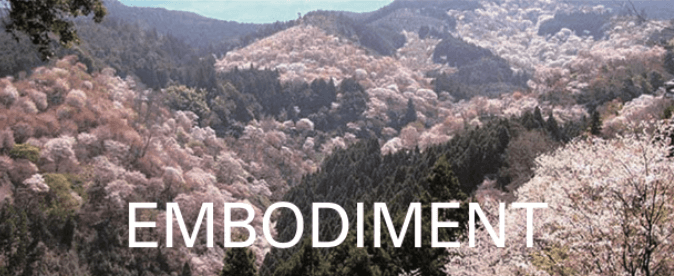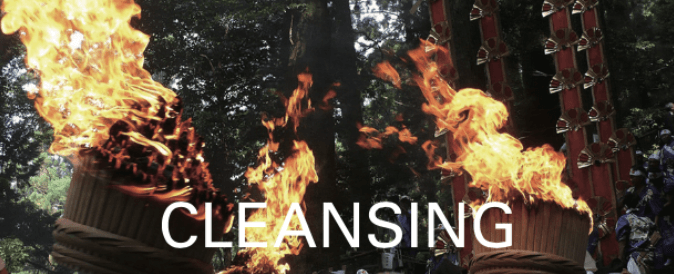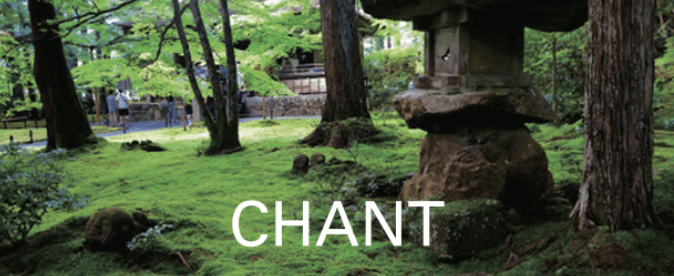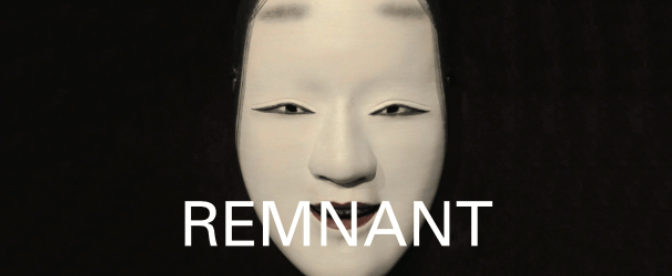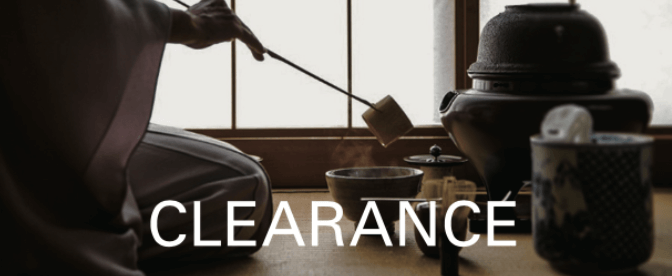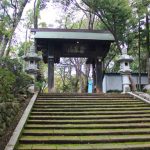
Ippen Shonin (1239 – 1289): a Buddhist priest, who founded the Jishu sect of Pure Land Buddhism, traveled around Japan, introducing Buddhism to common people. He used chanting and dancing prayers, started his lifelong tour of Nenbutsu Yugyo, Traveling with many leading practitioners of Nenbutsu, chanting the text of the hope of rebirth in the Pure Land, during the Kamakura period (1185 – 1333).
He was heading to Kamakura, while society was full of anxiety from the Mongolian Invasions of Japan (1274 and 1281). This temple was founded by the fact that Ippen decided on this scenic spot across from the Sagami River, as a place of religious practice, after he had the manifestation of Myoken Bosatsu, the deification of the North Star, during his travels.
The principal image of this temple is the standing statue of Ippen Shonin, which the head is said to have been engraved by Ippen Shonin, himself. Tokuhon Shonin (1758 – 1818), was a Buddhist priest, who practiced religiously with Nenbutsu, chanting the text of the hope of rebirth in Pure Land. He traveled around Japan, spreading Nenbutsu in Izu Shizuoka, and the Kanto region in the latter part of the Edo period (1603 – 1868). Don’t miss Tokuhon Nenbuto, the stone monument of Tokuhon Shonin’s visit.
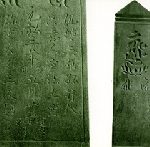
Pure Land Buddhism and Mappo-shiso, which reached the height of its popularity in the noble court in Kyoto, in the latter part of the Heian period (794 – 1185), had spread to Samurai bands in Musashi Province in the Kamakura period (1185 – 1333). Itahi, a memorial tower, was built and became popular among the Samurai bands.
This temple in Iruma City worships the Itahi, of Kaji Iesada, who died with Hojo Takatoki (1303 – 1333) the last Shikken, the Regent of the Kamakura Shogunate. In the Itahi, Poetic Verse, “Rinjinge” by Mugaku Sogen (1226 – 1286) a prominent Zen priest and a migrant from the Southern Son Dynasty (1127 – 1279), was craved. Mugaku Sogen supported Hojo Tokimune (1251 – 1284) the 8th Shikken, the Regent of the Kamakura Shogunate, the son of Hojo Tokiyori, the 5th Shikken, and leader of forces against the Mongol Invasion.
Poetic Verse, “Rinjinge”,made in endangered by a sword, said, “I did a comprehensive study to seek the real universe, and finally got the answer. I already know that I am vanity. This means when you swing your sword, you will just cut through a spring wind.” This Itrahi is the best one in Saitama Prefecture.
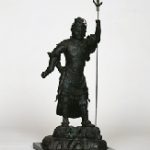
This temple is a temple of the Shingon sect (Buzan school), and uses Hakkaisan as its prefix name, in honor of Mt. Hakkaisan. This temple was originally located at the foot of Mt. Hakaisan, Minami Uonuma, Echigo Province, Niigata. When the Uesugi family moved to Aizu Province Fukushima from Echigo, this temple was relocated. And this temple became the family temple of successive lords of Yonezawa Domain, after moving to the second bailey of Yonezawajo Castle.
The principal image of this temple is Doroashi Bishamonten, Guardian god of Buddhism, with Mud Foot, which was the principal image of the hall of Bishamonten on the north side of the keep of Kasugayamajo Castle, Echigo. This statue of Doroashi Bishamonten was worshiped to everyday by Uesugi Kenshin (1530 – 1578), the feudal lord of Echigo Province, which tells the history of the Uesugi family, a famous samurai clan.
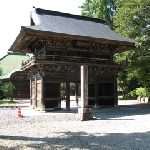
This temple was founded in 1227 by Ryokan (1148 – 1228), a priest of the Jodo sect and a leading disciple of Honen Shonin (1133 – 1212), a priest and the founder of the Jodo sect – the first independent sect of Japanese Pure Land Buddhism. The principal image of this temple is the statues of the Amida triad, which are the principal image of Buddha in Pure Land. The seated statue of Amida is said to be Daibutsu, the Great Buddha of Aizu, which has the halo decorated with a thousand statues of the incarnation of Buddha.
The statues of Kannon Bossatsu, the Buddhist Goddess of Mercy, who save people with Mercy, and Seishi Bossatsu, Bohhisattvas who save people with Wisdom, are the statues attending to the statue of Amida, seated in Yamato Zuwari, a posture in which one can move immediately with one’s toes up and one’s heels touching one’s hips. That posture is rare in the Tohoku region.
This temple is a flower temple with seasonal flowers blooming in a pond in front of this temple, like a Jodo garden, the garden of Pure Land. The mind for planting flowers with hands together is a training of Nenbutsu, a religious practice of chanting the text of hope for the rebirth in Pure Land.
